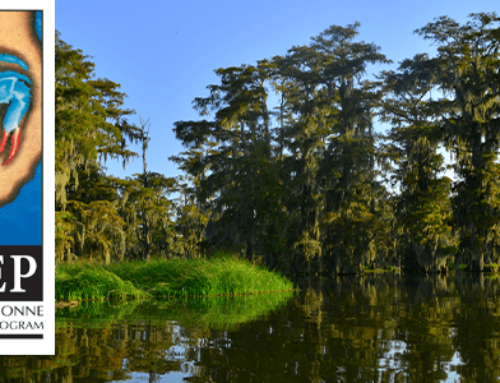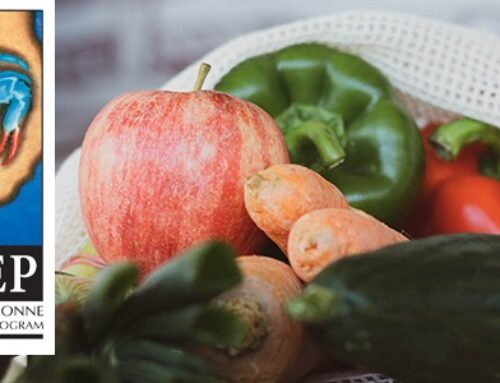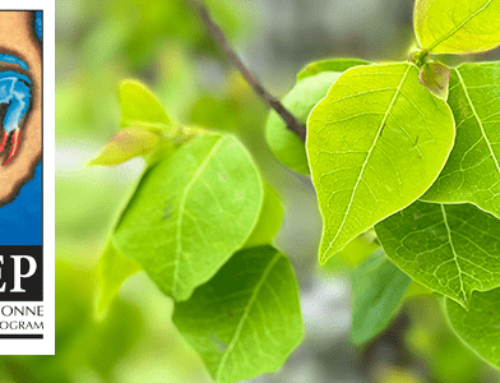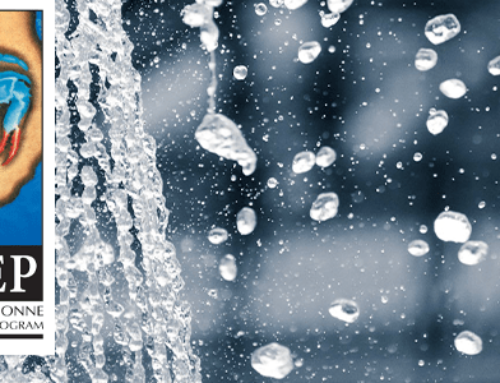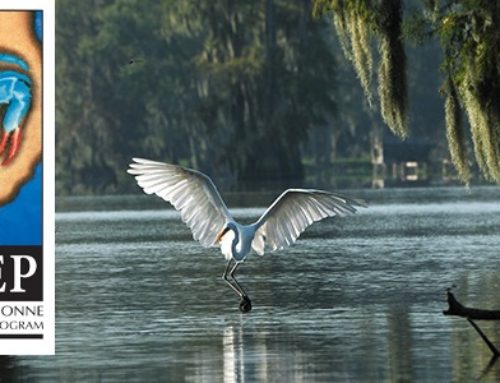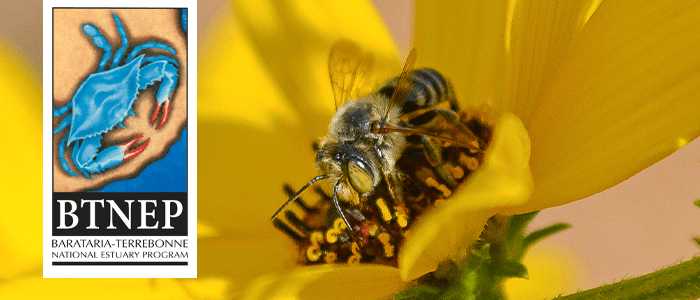
The Birds and The Bees: Your How-To Guide
Building a welcoming environment in your backyard
Let’s talk about the birds and the bees! No, really! This Valentine’s Day we’re celebrating our love for birds, bees, and additional backyard wildlife, and for good reason! Birds are essential to the function of healthy ecosystems — the services they provide include pollination, seed dispersal, insect and rodent control, carrion removal, and nutrient cycling. Similarly, bees play a vital role in our ecosystems. As pollinators, they sustain our ecosystems by helping flowering plants reproduce. The plants they pollinate provide food, shelter, raw materials, prevent soil erosion, and increase carbon sequestration.
Additionally, did you know that animal pollinators, including birds and bees, are responsible for about 80 percent of all flowering plants? And according to the U.S. Forest Service, over three-quarters of the staple crop plants that feed humankind rely on animal pollinators! That means that without pollinators, we’d see a massively harmful ripple effect within the food chain — without pollination certain plant species would become extinct, leaving the species that ate that plant without or with fewer food sources. This chain reaction would eventually continue all the way up to the world’s food supply. So when it comes to helping the birds and the bees, we should all have a vested interest in their health and success.
While it may not seem like you can make a large positive impact on wildlife, it’s actually quite easy to do — right within your own backyard! Spring is right around the corner so it’s the perfect time to start thinking about what we can do to help. As gardeners and homeowners, we can often easily get wrapped up in just the visual appearance of things, but we need to start viewing our yard as a functioning local ecosystem. A simple way to start: instead of first asking yourself “what will it look like,” instead ask the most important question first: “what will it do for our wildlife?”
Below are a few tips to help you create a bird and bee friendly environment within your own yard:
1. Add Native Plants to Provide Food and Shelter
Adding native plants is one of the best things you can do to support birds, bees and additional wildlife in your yard. When it comes to birds, plant life in your yard can function as both a source of shelter and food. But why should it be a native species? There are several reasons, but in short, birds need native plants and the insects that co-evolved with those native plants for food. In fact, did you know that 96% of land birds in North America rely on insects to feed their chicks? According to Doug Tallamy, a professor of Entomology and Wildlife Ecology at the University of Delaware, a single pair of breeding chickadees must find 6,000 to 9,000 caterpillars to rear one clutch of young! The best tree for caterpillars is the oak tree — they support as many as 557 species of caterpillars. In addition to caterpillars and other insects, spiders are also an important part of a nestling’s diet, as they contain very high levels of taurine, an amino acid essential in developing visual acuity and overall brain function.
When choosing native plants, be sure to add a variety of species that provide different food groups such as insects, fruit, nuts, seeds, and nectar. Native trees such as oaks, willows, elms, cherries, maples, and native herbaceous plants such as sunflowers and goldenrods are exceptional food producers for birds. Some of the best berry producing plants include elderberry, yaupon holly, American beautyberry, and arrowwood viburnum. In addition to providing food, native plants provide birds with shelter and a place to nest and raise young. It’s important to create “habitat layers” with your plants such as large tree canopies, large shrubs and smaller trees, herbaceous plants, groundcover, and open space.
Unfortunately, most landscaping plants found in nurseries are exotic species, which have leaves that are unpalatable to native insects and caterpillars. Some exotic plant species can become invasive, growing aggressively, spreading easily and displacing other native plants. The invasive species lack the environmental checks and balances needed such as seasonal weather, diseases, or insects that kept them under control in their native range. Be sure to search for native plant nurseries near you to start adding native plants for birds this spring.
Check out BTNEP’s Resident’s Guide: Attracting Wildlife with Native Plants and visit the National Audubon Society’s Native Plant Database to explore the best plants for birds in your area!
When it comes to bees, the first thing that comes to mind might be the honey bee. As much as we love and appreciate honey bees for supplying us honey and pollinating many of our food plants, it is important to remember that it is an introduced domesticated species from Europe. We also need to start focusing on conserving our native bee species, not just honey bees.
Did you know there are 4,000 bee species native to North America? Louisiana has over 200 bee species, and they come in all different shapes, sizes, colors, and feeding preferences! Unfortunately, many of our native bee species are in decline and the status of many are unknown. The causes for bee decline include habitat loss, pesticide use, climate change and introduced diseases. In order to conserve the full species diversity and to maintain our ecosystems, we need to support our native bees — starting in our backyards.
When choosing native plants with bees in mind, be sure your choices are diverse in flower size, shape, and bloom times to support as many native bees and other pollinators as possible. One of the main goals is to provide a continuous bloom from spring to fall because some species of bees are active throughout the entire growing season, while others are only active in the spring or fall. Some species of bees collect pollen from a variety of plants, while others only collect from a few or even one plant species to feed their young. For this reason, you can ensure you’ll support several species of bees in your yard by aiming for diversity in your plantings.
When it comes to a home for native bees, unlike the honey bee, more than 90 percent of native bees lead solitary rather than social lives, with each female constructing and provisioning her own nest without any help from other members of her species. Most native bees nest underground by digging tunnels, others nest in cavities such as holes in dead wood, hollow stems, or cracks and crevices in concrete or stone.
To help out our ground nesting bees, consider leaving some bare ground spots towards the back of your perennial bed or use compost or leaf mulch instead of heavy wood chips. For cavity nesting bees, add some hollow or pithy stemmed plants to your yard such as joe-pye weed and ironweed.
When pruning around your yard, consider leaving the flower stalks and seed heads over the winter. Many birds and other wildlife will feed on the seeds. Begin pruning the dead flower stalks in spring to create new nest sites for the cavity nesting bees before the first bees of the season start flying. When pruning the dead flowers, make sure to make your cuts at a variety of heights from 8 to 24 inches above the ground. Solitary cavity nesting bees such as leafcutter bees will use the dried stems from the previous growing season to nest in, creating brood chambers within the stem and sealing each chamber with mud or bits of plant material.
If you’re interested in adding native plants to support our native bees and additional pollinators visit the Xerces Society’s Pollinator Plants: Southeast Region Plant Guide.
2. Create a Brush Pile and Leave the Leaves
While a pile of brush or leaves in your yard may seem like a nuisance, it’s actually an easy and free way to support wildlife in your yard. Sticks and leaf litter provide the perfect shelter for many animals including moths, butterflies, snails, and spiders. The vast majority of moths and butterflies overwinter in the landscape as an egg, caterpillar, chrysalis, or adult. Red-banded hairstreak butterflies lay their eggs on fallen oak leaves, which becomes the first food of the caterpillars when they emerge.
Leaf litter also provides extra warmth and protection from the elements for mated queen bumblebees that burrow an inch or two in the ground to hibernate for the winter. Even a small brush pile tucked away behind a bush or using your leaves as mulch can really help.
3. Add a Water Source
Don’t forget to add water! Birds, bees, and other wildlife need a clean water source to be able to thrive in your backyard habitat. Adding a water feature can be as simple as using a terracotta plate on the ground or slightly raised about a foot off the ground. While many homeowners often put water features on stands, keeping your birdbath on the ground instead of on a high pedestal is the preferred location for birds as it mimics nature’s birdbaths, puddles and shallow streams.
When providing water, be sure to keep it shallow — birds only need about 2 inches or less of water to bathe in. Try to avoid slippery materials such as glazed ceramic or glass. You can also add large stones or pea gravel to give the birds even better footing while bathing. Adding some rocks that are slightly above the water surface to one side of the bath will also help bees safely use the water as well! Place your birdbath in a shady area in reach of your garden hose so you can clean it out and change the water regularly. The location of your birdbath should be in the vicinity of a tree or shrub so that birds can flee to some protective cover, but not too close. Be sure to leave a fairly wide-open area between your birdbath and thick shrubbery so that a bird can detect and flee from a pet or other animal that may be lurking nearby. If you really want to get a bird’s attention, add a dripper or mister to your birdbath, — they love the sound of dripping or running water!
4. Participate in the Great Backyard Bird Count (GBBC)
The Great Backyard Bird Count is a fun and easy way you can participate in citizen science in your own backyard! The 24th annual event takes place February 12th through the 15th this year. The Great Backyard Bird Count uses eBird, one of the world’s largest nature databases. It stores more than 100 million bird sightings contributed each year and is used by professionals for science and conservation. Participants are asked to count birds for as little as 15 minutes (or as long as they wish) on one or more days of the four-day event and report their sightings online at birdcount.org.
If you’d like more information on how to participate in this event, visit the Great Backyard Bird Count website.
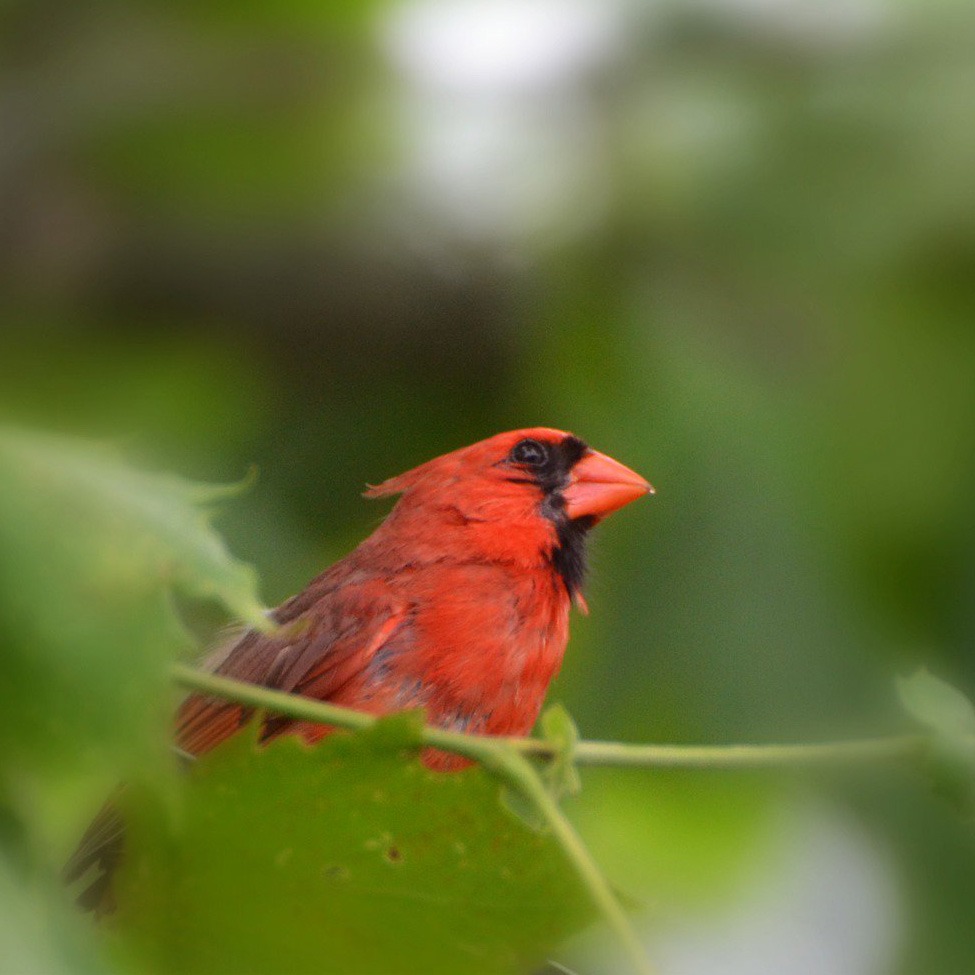
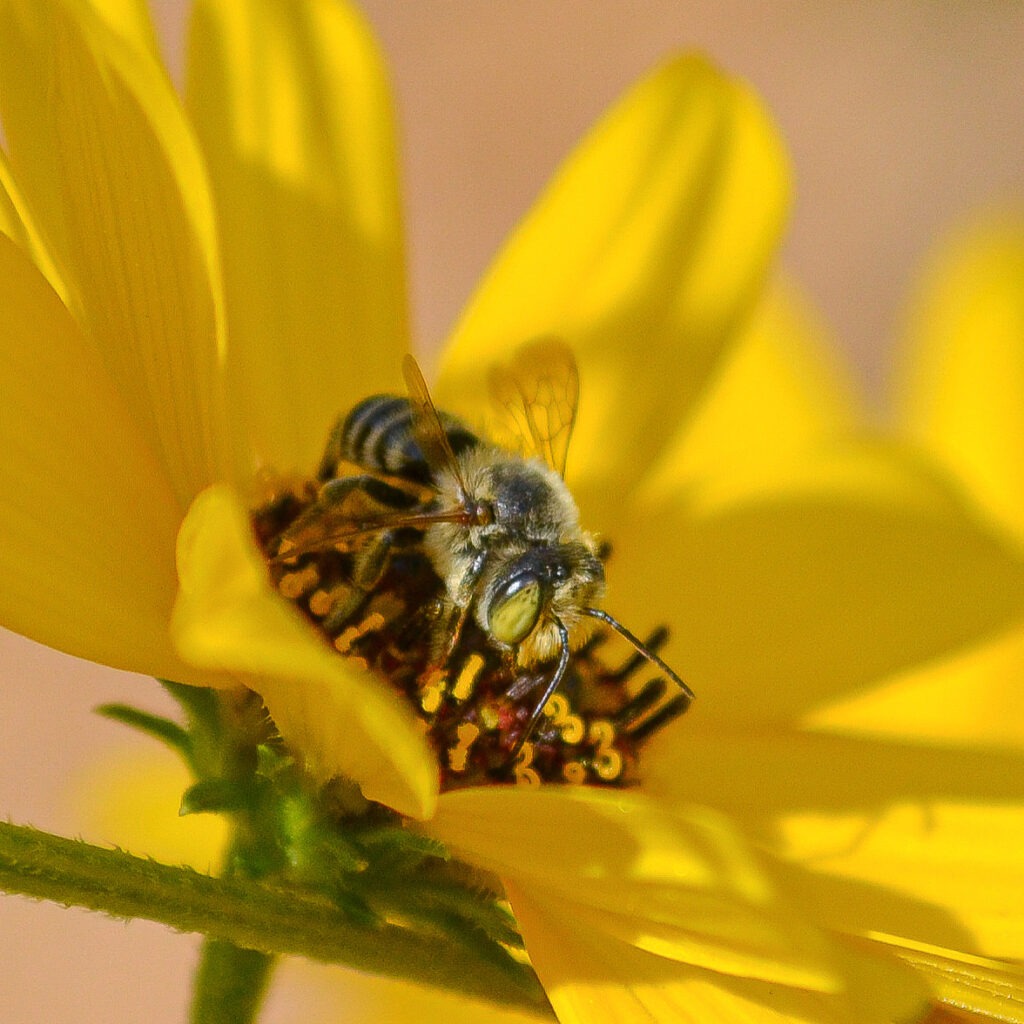
Pictured: Male Northern Cardinal and a Bee of the Megachile Species
Photographs Courtesy Of: Natalie Waters, BTNEP Bird Conservation Coordinator


